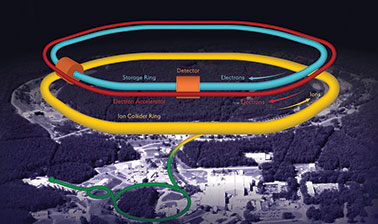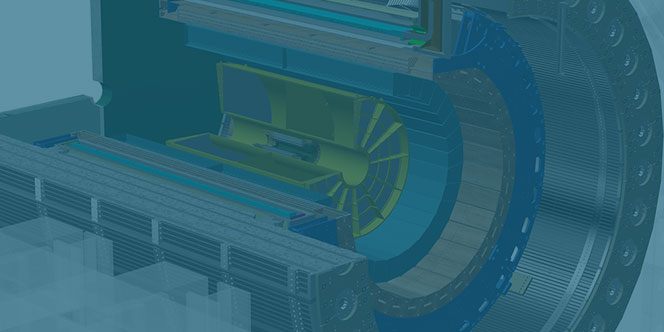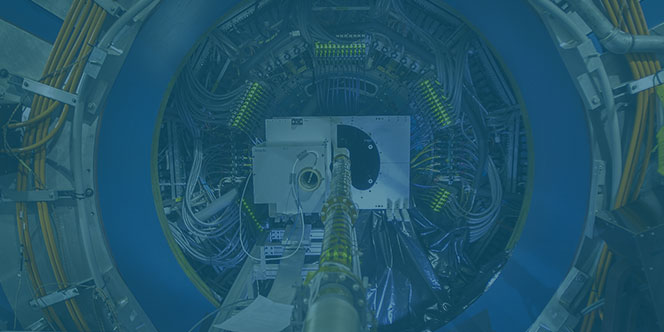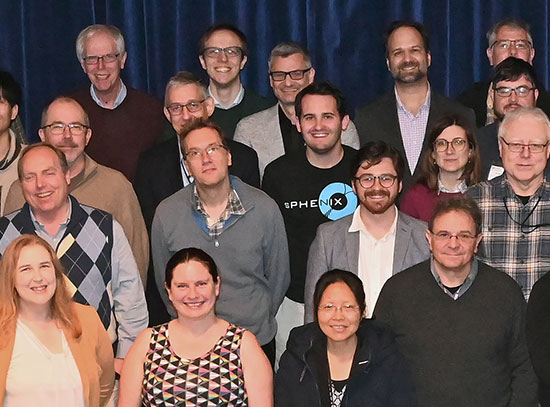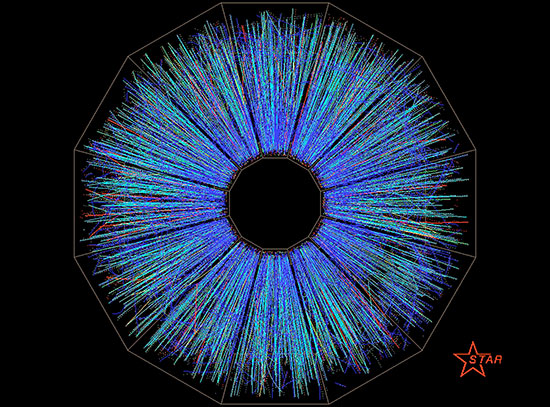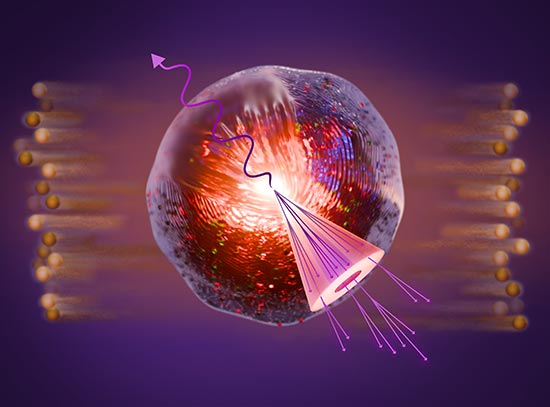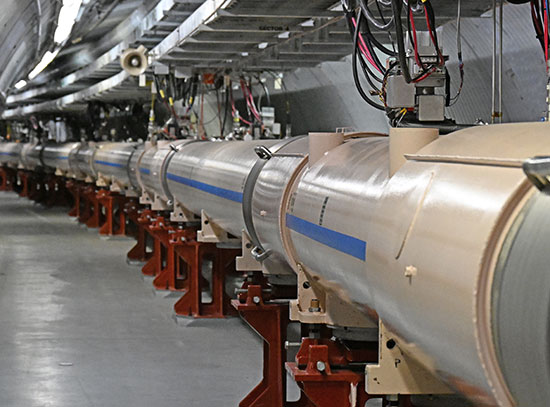



Exploring matter at the dawn of time
The Relativistic Heavy Ion Collider stands as one of the most versatile and scientifically productive accelerator facilities in the world, opening a new field of research with a series of stunning discoveries revealing a new phase of matter and new insight into the nature of proton spin.
Exploring matter at the dawn of time
The Relativistic Heavy Ion Collider stands as one of the most versatile and scientifically productive accelerator facilities in the world, opening a new field of research with a series of stunning discoveries revealing a new phase of matter and new insight into the nature of proton spin.
Matter at the Dawn of Time
Physicist Paul Sorensen describes discoveries made at the Relativistic Heavy Ion Collider where conditions similar to what the universe may have looked like in the first microseconds after its birth are created.
Breakthrough: RHIC Explores Matter at the Dawn of Time
April 24, 2012
(Separate print interview at http://energy.gov/articles/lab-breakthrough-exploring-matter-dawn-time). Physicist Paul Sorensen describes discoveries made at the Relativistic Heavy Ion Collider (RHIC), a particle accelerator at the U.S. Department of Energy's Brookhaven National Laboratory. At RHIC, scientists from around the world study what the universe may have looked like in the first microseconds after its birth, helping us to understand more about why the physical world works the way it does -- from the smallest particles to the largest stars.
Electron-Ion Collider
A breakthrough particle accelerator based on RHIC infrastructure will collide electrons with heavy ions or protons at nearly the speed of light to create rapid-fire, high-resolution “snapshots” of the force binding all visible matter. Read more...
